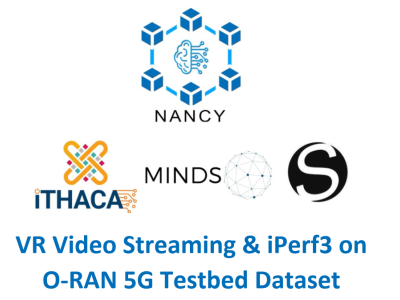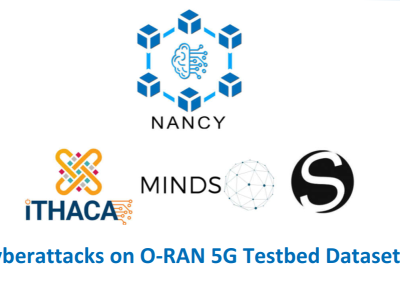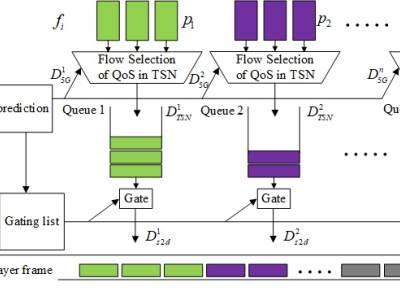This dataset is created for handshake flooding attack on n2 interface of 5g control plane
- Categories:
This dataset is created for handshake flooding attack on n2 interface of 5g control plane

A rapid growth of wireless communication networks, particularly in 5G Non-Standalone (NSA) deployments, has necessitated advanced multiple access techniques to enhance spectral efficiency, interference management, and energy optimization [1-3]. Rate-Splitting Multiple Access (RSMA) has arisen as a strong candidate to replace conventional Non-Orthogonal Multiple Access (NOMA) by efficiently splitting user data into common and private components. [1-2].

CAMARA is an open-source project which is part of Linux Foundation. It aims at defining service APIs by combining network APIs, over an operator domain. CAMARA works in close collaboration with the GSMA Operator Platform Group to align API requirements and definitions, and to publish APIs.
IEEE 5G testbed supports the CAMARA initiative and provides these APIs for data privacy and regulatory requirements and facilitate application to network integration.
CAMARA APIs allow to tackle several types of business use cases leveraging 4G/5G network capabilities.

This dataset consists of network packet traces collected in 2023 on the 5G infrastructure deployed at Chalmers University of Technology.
The dataset includes 1,912 pcap files, distributed across 8 folders. Each pcap file captures 1 minute of encrypted network traffic generated by one of the following 8 popular mobile applications:

This dataset was developed in the context of the NANCY project and it is the output of the experiments involving streaming a virtual reality (VR) video in a 5G coverage expansion scenario. Additionally, iPerf3 experiments in both TCP and UDP modes were carried out. The coverage expansion scenario involves a main operator and a micro-operator which extends the main operator’s coverage and can also provide additional services.

This dataset was developed in the context of the NANCY project and it is the output of the experiments involving cyberattacks against services that are running in a 5G coverage expansion scenario. The coverage expansion scenario involves a main operator and a micro-operator which extends the main operator’s coverage and can also provide additional services, such as Artificial Intelligence-based cyberattack detection.

The softwarization and virtualization of the fifth-generation (5G) cellular networks bring about increased flexibility and faster deployment of new services. However, these advancements also introduce new vulnerabilities and unprecedented attack surfaces. The cloud-native nature of 5G networks mandates detecting and protecting against threats and intrusions in the cloud systems.

5G cellular networks are particularly vulnerable against narrowband jammers that target specific control subchannels in the radio signal. One mitigation approach is to detect such jamming attacks with an online observation system, based on machine learning. We propose to detect jamming at the physical layer with a pre-trained machine-learning model that performs binary classification. Based on data from an experimental 5G network, we study the performance of different classification models.

The 5G network's control plane, a critical component of modern telecommunications infrastructure, manages the signaling and control functions that enable seamless connectivity and service delivery. This paper presents a comprehensive and in-depth performance evaluation of a 5G core network's control plane deployed using Open5GS and Kubernetes. The study systematically examines critical performance metrics, including latency, throughput, and resource utilization, across various load conditions, providing a nuanced understanding of the network's behavior under stress.

This dataset includes channel delay data for 5G and TSN networks.The 5G and TSN channel delay dataset includes a training set and a test set, with 600 sets of data in the training set and 200 sets of data in the test set, which are used for channel model prediction. The data in these datasets are real, collected in real-time from the running 5G-TSN system using network testers and data packet capture tools.